GPT-4 vs. GPT-3: Benefits and Risks
Author: neptune | 05th-Apr-2023
The emergence of artificial intelligence (AI) has revolutionised many aspects of our lives, including how we communicate, work, and entertain ourselves. One of the most significant advancements in AI has been the development of language models, which have the ability to generate human-like text. The GPT-3 (Generative Pre-trained Transformer 3) language model, released in 2020, has been widely regarded as a breakthrough in AI technology, but now there is a lot of buzz around its successor, GPT-4. In this article, we'll explore the differences between GPT-4 and GPT-3, and how businesses can benefit from this latest advancement in AI.
GPT-3 has been hailed as a superstar of AI language models and has caused a storm in the AI community due to its remarkable ability to generate human-like text. GPT-4 is the much-awaited sequel to GPT-3, and it is expected to be an "Avengers" movie of the AI world. While the details of GPT-4 are still shrouded in mystery, many experts believe that it will be a significant improvement over GPT-3, with even better language capabilities.
GPT-4 vs. GPT-3: History
To understand the differences between GPT-4 and GPT-3, it's important to know their history. GPT-3 was released in 2020 by OpenAI and is a language model that was trained on a massive dataset of text, which included everything from books to websites. It was trained on a whopping 175 billion parameters, making it the largest language model to date.
GPT-4, on the other hand, is still in development, and details about its release are scarce. However, based on the progress that has been made in the development of GPT models, experts believe that GPT-4 will have even more parameters than GPT-3, making it even more powerful and capable.
GPT-4 vs. GPT-3: Key Differences
The key differences between GPT-4 and GPT-3 are likely to be related to their training data and the size of their models. GPT-3 was trained on a vast dataset, but GPT-4 is expected to be trained on an even more massive dataset, which will allow it to generate more complex and nuanced text.
In addition, GPT-4 is likely to have even more parameters than GPT-3, which will enable it to produce even more human-like text. The number of parameters in a language model is a crucial factor in determining its capabilities, and GPT-4 is expected to be the most advanced language model to date.
GPT-4 vs. GPT-3: How Can Businesses Benefit?
The potential benefits of GPT-4 for businesses are vast. GPT-4 is expected to have even better language capabilities than GPT-3, which means it can be used for a variety of applications, such as content creation, chatbots, and customer service. Here are some ways in which businesses can benefit from GPT-4:
1. Content Creation: With GPT-4, businesses can generate high-quality content, such as articles, blog posts, and social media posts, without having to spend hours writing them manually. This can save businesses time and money while ensuring that they have a steady stream of engaging content for their customers.
2. Chatbots: GPT-4 can be used to improve chatbot conversations by providing more accurate and natural responses. Chatbots are already being used by businesses to handle customer inquiries, and with GPT-4, they can become even more effective at resolving issues and providing support.
3. Customer Service: GPT-4 can also be used to improve customer service by providing more personalised and relevant responses to customer inquiries. This can help businesses improve customer satisfaction and loyalty, which can ultimately lead to increased revenue.
4. Translation: GPT-4 can also be used to improve translation services by providing more accurate translations between languages. This can help businesses expand their reach into international markets, which can lead to increased revenue and growth.
GPT-4 vs. GPT-3: Risks to Consider
While there are many potential benefits of GPT-4 for businesses, there are also risks to consider. One of the main risks is the potential for bias in the training data used to train the model. If the training data is biassed, it can lead to biassed results, which can have negative consequences for businesses and their customers.
Another risk is the potential for misuse of the technology. GPT-4 could be used to generate fake news or propaganda, which can have significant social and political consequences. It is essential for businesses to be mindful of these risks and take steps to mitigate them.
GPT-4 vs. GPT-3: Costs and Getting Started
The cost of using GPT-4 will depend on several factors, such as the size of the model, the amount of training data, and the complexity of the application. However, it is expected to be more expensive than GPT-3 due to its increased capabilities.
Getting started with GPT-4 will likely require expertise in AI and machine learning, which may not be available in-house for many businesses. However, there are many AI development firms and consultants that can help businesses get started with GPT-4 and other AI technologies.
GPT-4 vs. GPT-3: What the Future Holds
The future of GPT models is expected to be even more advanced than GPT-4. Researchers are already exploring ways to train models on even larger datasets and with even more parameters. This will enable them to generate even more natural and human-like text, which could have significant implications for a variety of industries.
Working with Other AI Technologies
In addition to GPT-4, businesses can benefit from working with other AI technologies, such as computer vision and natural language processing (NLP). Computer vision can be used to analyse images and video, while NLP can be used to analyse text and speech. By combining these technologies, businesses can create powerful AI solutions that can revolutionise how they operate and serve their customers.
Conclusion
GPT-4 is expected to be a significant advancement over GPT-3, with even better language capabilities and the ability to generate more human-like text. Businesses can benefit from GPT-4 in a variety of ways, including content creation, chatbots, customer service, and translation. However, it is important for businesses to be mindful of the risks associated with the technology, such as bias in the training data and the potential for misuse. The future of GPT models is expected to be even more advanced, and businesses can benefit from working with other AI technologies to create powerful AI solutions that can transform how they operate and serve their customers.
#JavaScript #AI #Python #Hackerrank #Motivation #React.js #Interview #Testing #SQL #Selenium #IT #LeetCode #Machine learning #Problem Solving #AWS #API #Java #GPT #TCS #Algorithms #Certifications #Github #Projects #Jobs #Django #Microservice #Node.js #Google #Story #Pip #Data Science #Postman #Health #Twitter #Elon Musk #ML
 PaLM 2: Google's Multilingual, Reasoning, and Coding Model
PaLM 2: Google's Multilingual, Reasoning, and Coding ModelAuthor: neptune | 13th-May-2023
#Machine learning #AI #Google
Google introduces PaLM 2, a highly versatile language model with improved multilingual, reasoning, and coding capabilities powering over 25 Google products and features...
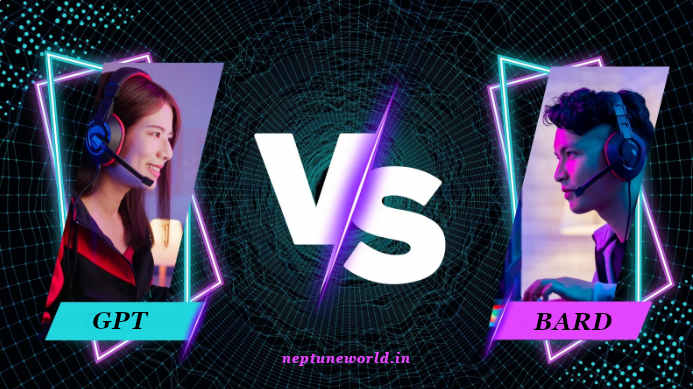 Comparing Chat GPT and Google Bard: Differences and Applications
Comparing Chat GPT and Google Bard: Differences and ApplicationsAuthor: neptune | 17th-Jun-2023
#Machine learning #AI #Google #GPT
Chat GPT and Google Bard are two of the most popular language models that have been developed in recent years. Both of these models are designed to generate human-like responses to text-based inputs...
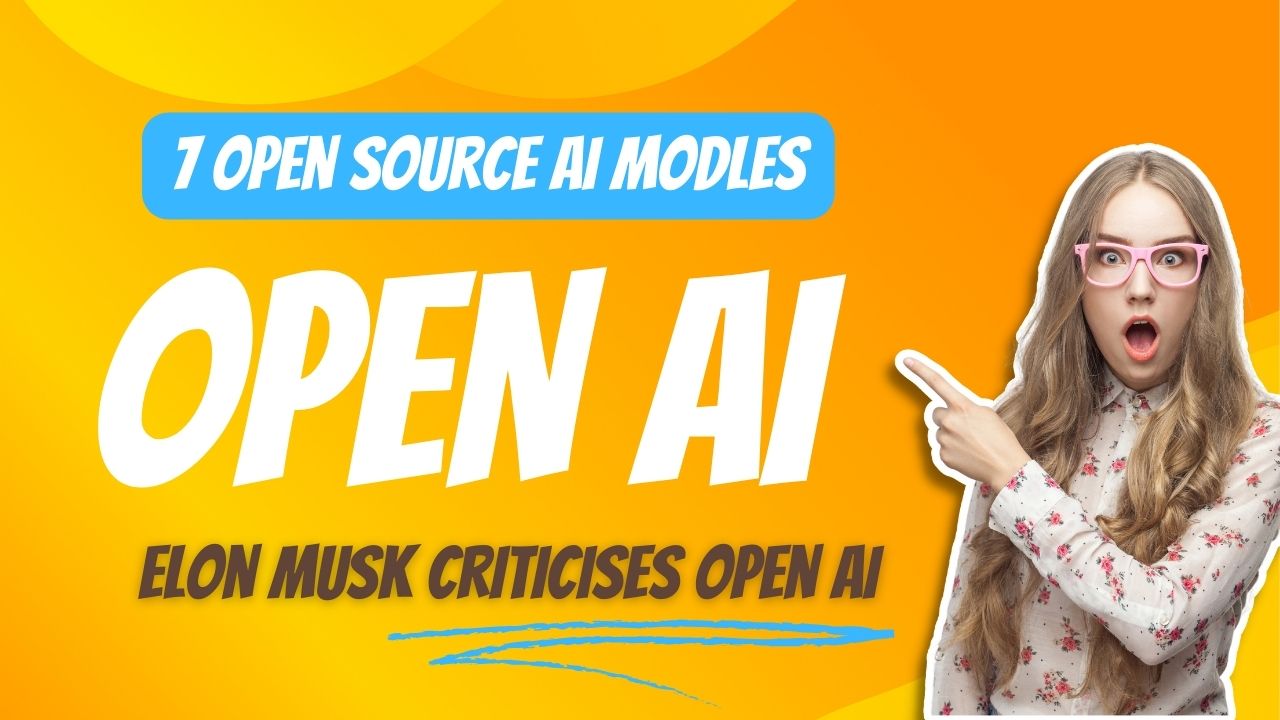 7 Open Source Models From OpenAI
7 Open Source Models From OpenAIAuthor: neptune | 11th-May-2023
#Machine learning #AI
Elon Musk criticized OpenAI for becoming a closed source, profit-driven company. Despite this, OpenAI has released seven open source models, including CLIP and Dall-E...
 The Godfather of AI Sounds the Alarm: Why Geoffrey Hinton Quit Google?
The Godfather of AI Sounds the Alarm: Why Geoffrey Hinton Quit Google?Author: neptune | 09th-May-2023
#Machine learning #AI
Geoffrey Hinton, the Godfather of AI, has quit Google and warned of the danger of AI, particularly the next generation AI language model, GPT-4...
 Generative AI Made Easy: Explore Top 7 AWS Courses
Generative AI Made Easy: Explore Top 7 AWS CoursesAuthor: neptune | 05th-Aug-2023
#AI #AWS #Certifications
These top 7 Generative AI courses by AWS offer a pathway to explore and master the fascinating world of Generative AI...
 Google Bard: A Chatbot That Generates Poetry
Google Bard: A Chatbot That Generates PoetryAuthor: neptune | 26th-Mar-2023
#Machine learning #AI #Google
Google has recently launched a new AI tool called Google Bard, which is a chatbot that can generate poetry. The chatbot is available to anyone with an internet connection, and it is free to use...
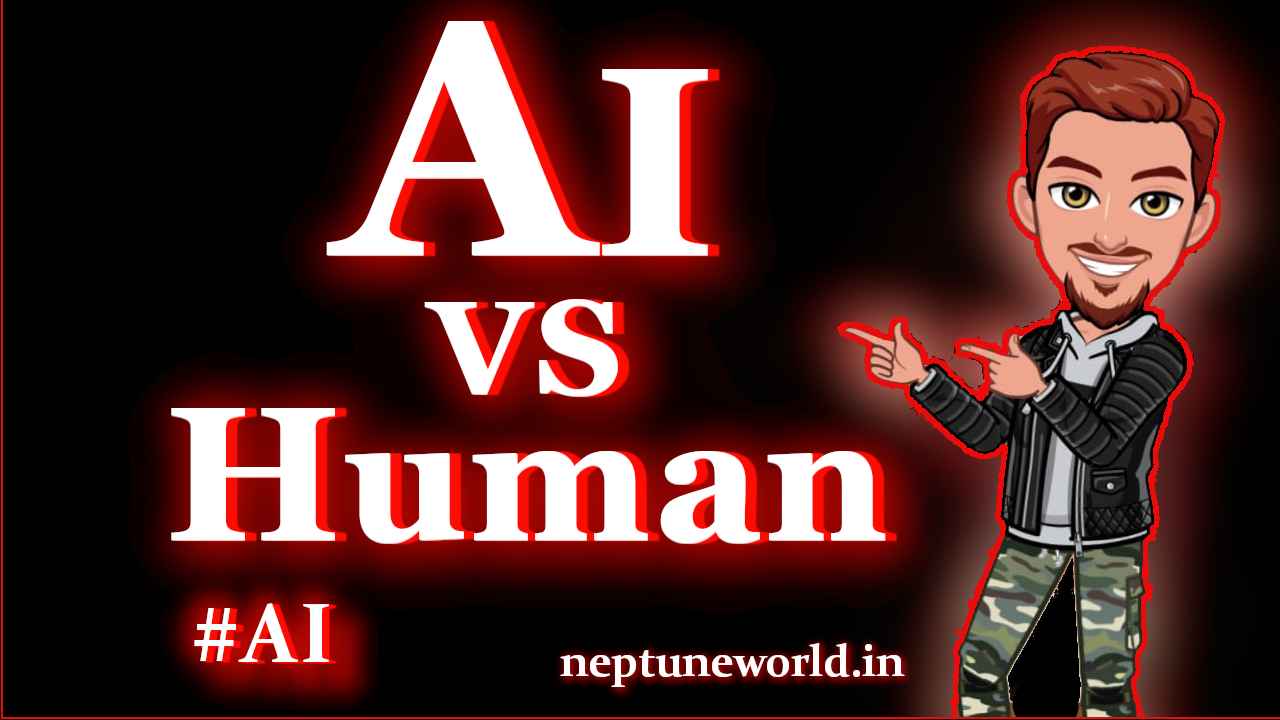 10 Essential Human Abilities: Cannot Replaced by AI
10 Essential Human Abilities: Cannot Replaced by AIAuthor: neptune | 01st-Apr-2023
#AI
AI has made remarkable progress in recent years, there are certain essential human abilities that it cannot replace. Empathy, creativity, morality, critical thinking, intuition...
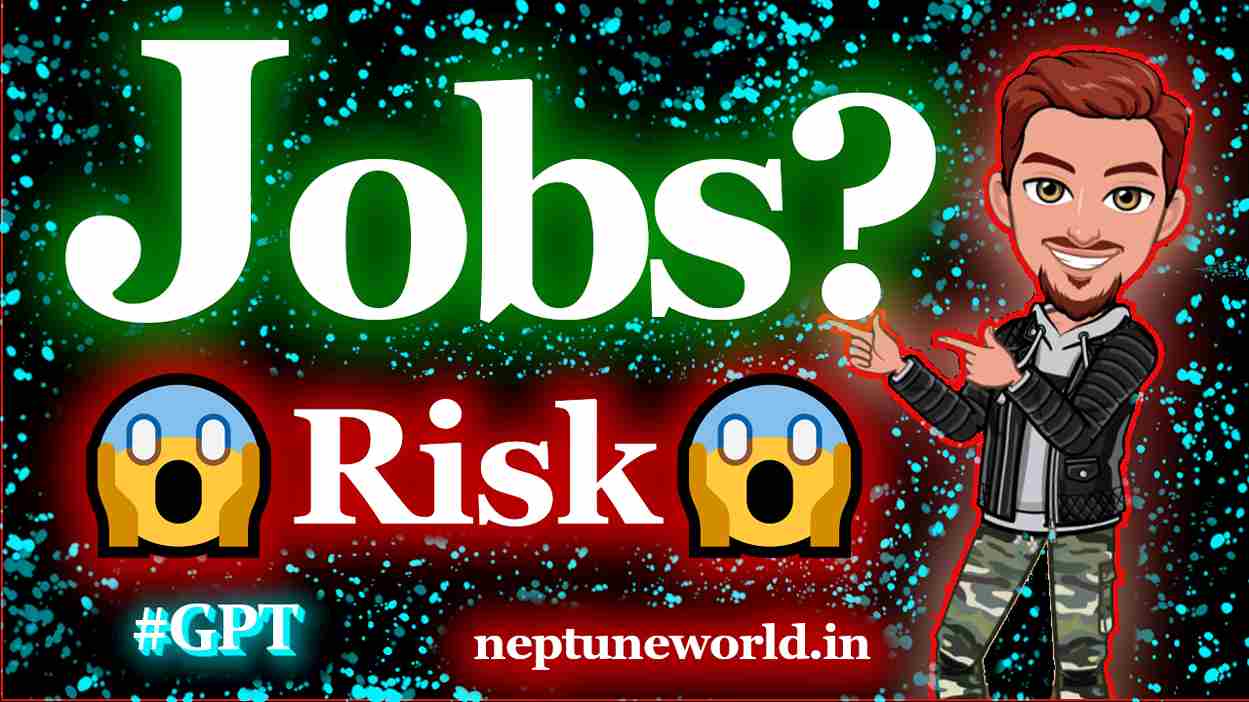 Jobs at major risk due to GPT! Yours?
Jobs at major risk due to GPT! Yours?Author: neptune | 07th-Apr-2023
#Jobs #GPT
The use of GPT has the potential to replace human labor in industries such as poetry, web design, mathematics, tax preparation, blockchain, translation, and writing...
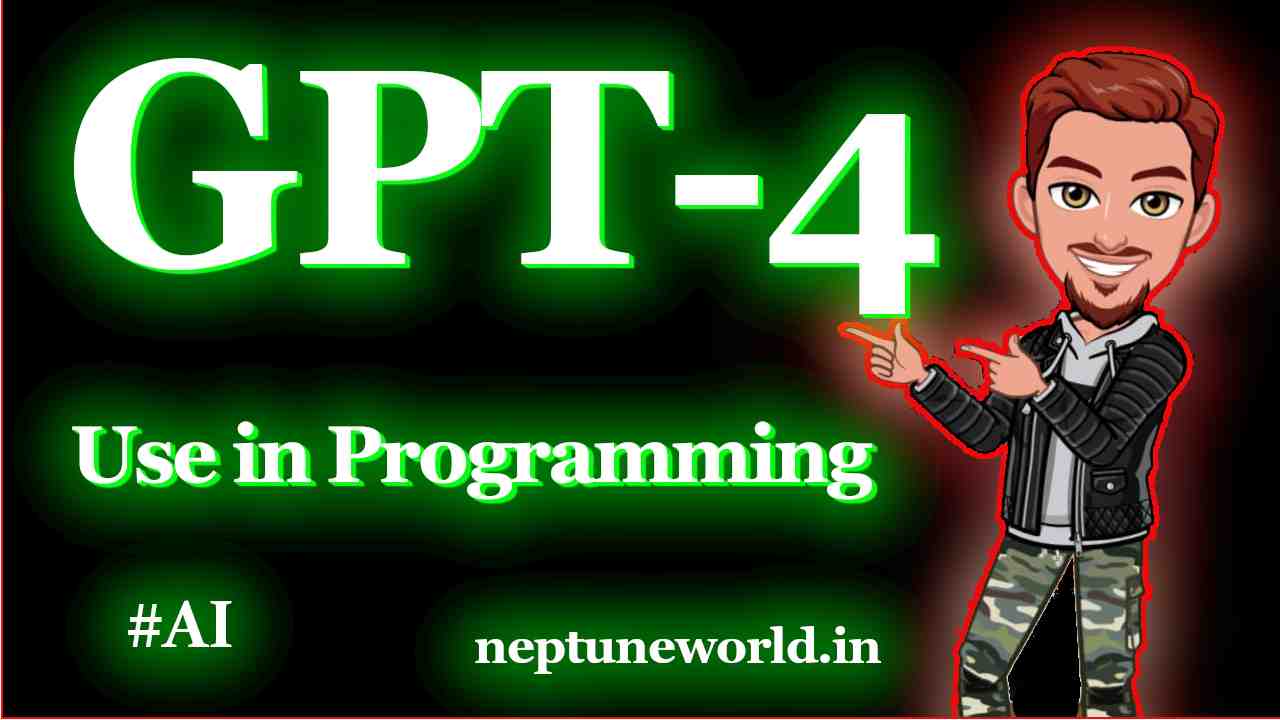 Top 5 use cases of ChatGPT in programming
Top 5 use cases of ChatGPT in programmingAuthor: neptune | 04th-Apr-2023
#AI #GPT
ChatGPT helps programmers optimize code, generate dummy data, algorithms, translate code, and format data, saving time and effort...
 The Future of AI: Effective Prompt Engineering
The Future of AI: Effective Prompt EngineeringAuthor: neptune | 07th-Apr-2023
#AI #Jobs
Prompt engineering is the art of crafting effective instructions for AI models, crucial for ensuring quality, accuracy, and ethical use of AI-generated output...
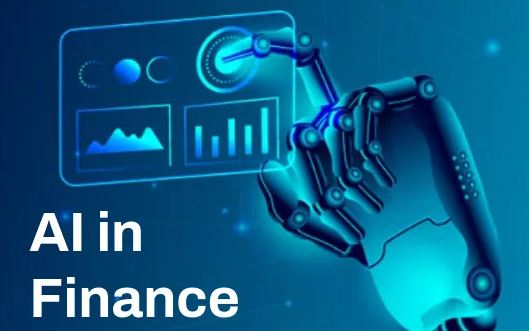 Common Machine Learning Algorithms Used in the Finance Industry
Common Machine Learning Algorithms Used in the Finance IndustryAuthor: neptune | 23rd-Dec-2024
#AI #ML
The finance industry has embraced machine learning (ML) to solve complex problems and uncover patterns within vast datasets...
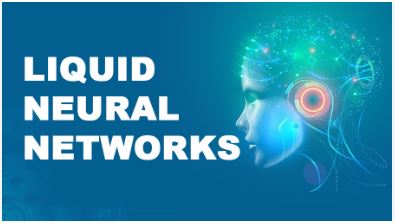 Liquid AI: Redesigning the Neural Network Landscape
Liquid AI: Redesigning the Neural Network LandscapeAuthor: neptune | 26th-Oct-2024
#Machine learning #AI
As AI continues to evolve, Liquid AI, an MIT spinoff, is reimagining neural networks with its innovative approach, liquid neural networks...
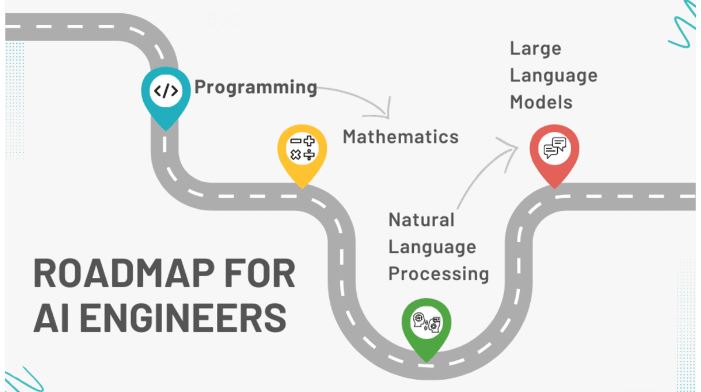 Roadmap for AI Engineers: 10 Easy Steps to Become an AI Engineer
Roadmap for AI Engineers: 10 Easy Steps to Become an AI EngineerAuthor: neptune | 22nd-Oct-2024
#Machine learning #AI
AI is transforming industries worldwide, & the demand for AI engineers has surged as companies look to incorporate ML and data-driven decisions into their operations...
 AI in Agriculture: Transforming Farming with Cutting-Edge Technology
AI in Agriculture: Transforming Farming with Cutting-Edge TechnologyAuthor: neptune | 04th-Jul-2024
#AI
AI is poised to revolutionize agriculture by making farming more efficient, sustainable, and productive...
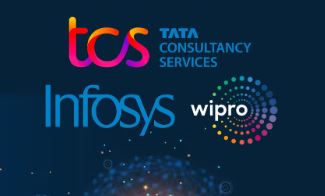 TCS Launches “GEN AI Tech Pathway” in its STEM Education Program goIT 2025
TCS Launches “GEN AI Tech Pathway” in its STEM Education Program goIT 2025Author: neptune | 13th-Jul-2025
#AI #IT #TCS
TCS’s launch of the Gen AI Tech Pathway is a clear step towards fostering AI literacy among youth, strengthening India’s position as a global digital innovation hub...
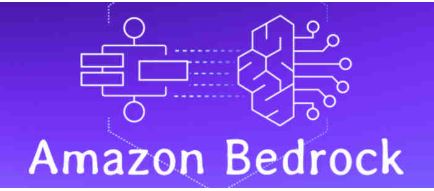 How to Train Foundation Models in Amazon Bedrock
How to Train Foundation Models in Amazon BedrockAuthor: neptune | 14th-Jul-2025
#AI #AWS
Amazon Bedrock simplifies the customization of foundation models by offering multiple techniques like fine-tuning, RAG, prompt engineering, and few-shot learning...
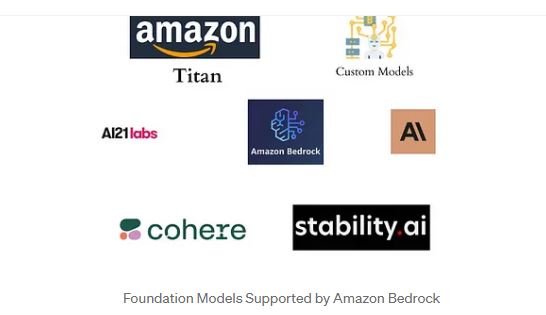 Different Types of Foundation Models Available in Amazon Bedrock
Different Types of Foundation Models Available in Amazon BedrockAuthor: neptune | 17th-Jul-2025
#AI #AWS
Amazon Bedrock offers a wide selection of foundation models from AI21 Labs, Anthropic, Cohere, Meta, Stability AI, and Amazon Titan...
 Grok xAI is more than just a chatbot – it is the gateway to a smarter, AI-driven X.com
Grok xAI is more than just a chatbot – it is the gateway to a smarter, AI-driven X.comAuthor: neptune | 17th-Jul-2025
#AI #Twitter
Elon Musk’s xAI recently unveiled Grok, a powerful conversational AI model integrated into X.com (formerly Twitter)...
 New Theories on the Origins of Life: 2025 Research Challenges Old Models
New Theories on the Origins of Life: 2025 Research Challenges Old ModelsAuthor: neptune | 18th-Jul-2025
#AI
The origins of life remain one of science’s greatest mysteries. For decades, theories such as the formose reaction...
View More